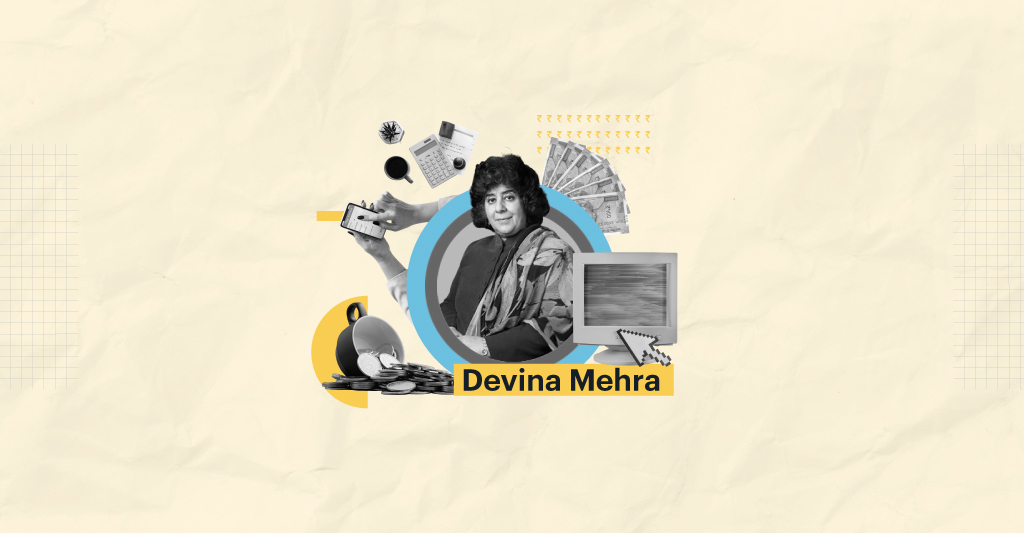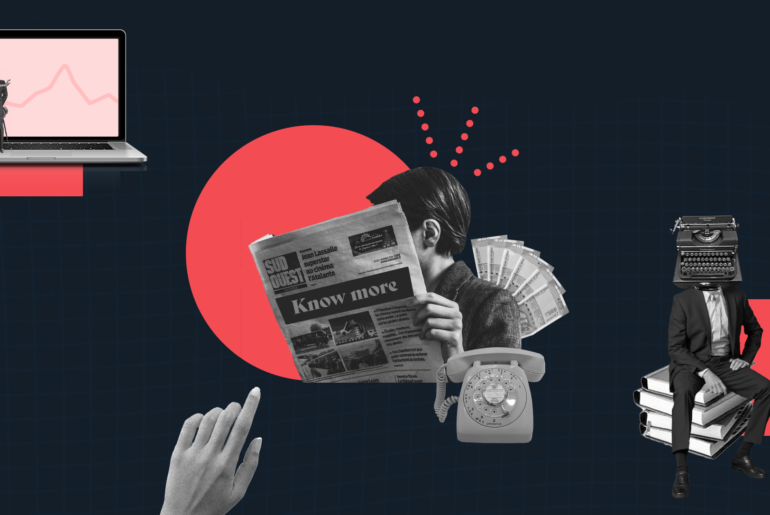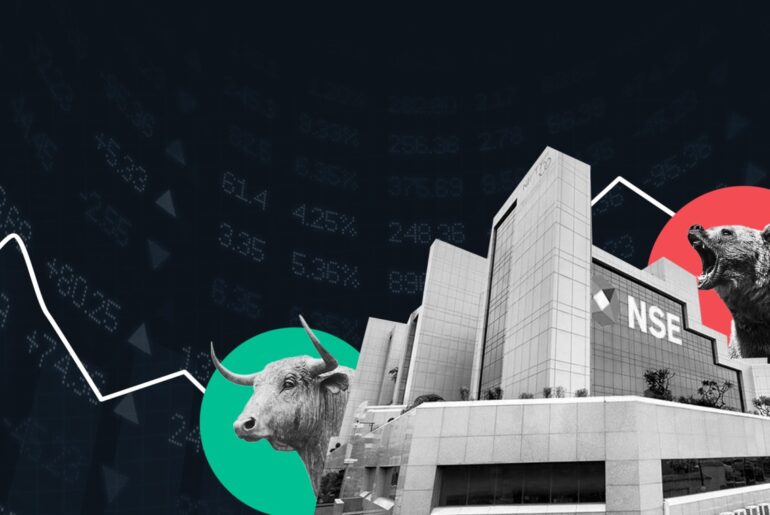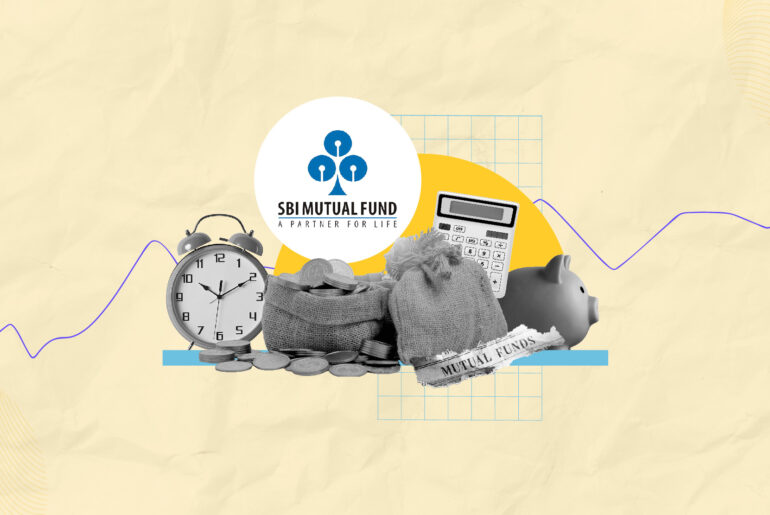Last Updated on Jan 6, 2022 by Aradhana Gotur
Devina Mehra is the Chairperson and Managing Director of First Global, an India + Global Quant Asset Manager.
This is a question that many have in mind, that after decades of investing in the old school way, why do we need machines and artificial intelligence (AI) to do it for us now? Is it simply because since the tool is available, we are trying to find ways to use it? Not really. The answer, in fact, is that the playing field has changed and a different set of tools and attributes are required to win in the changing times.
Table of Contents
Change is the only constant; the fittest survives
A close parallel is a change that happened in the ‘hockey’ game. Hockey was played on grass: an inherently variable surface with bumps and holes where the dribbling and stick skill of somebody like Major Dhyan Chand were of great value. Then in the 70s, it changed to astroturf, which was a plain and very predictable surface. So then there was a different set of skills that became important, like how fast you could run, how fit you were, and other things like that, rather than the art of it. The countries and players that could not adapt to such changes, unfortunately, went out of the reckoning.
Something similar is happening in investing now.
Earlier a large part of why the human model worked was that a fund manager could sit with the company management and get some information or insight, which was not available to the people at large. Now, by law, across the world, all information including conference call transcripts are available to everyone. So from having the skills of finding out information, the required skill now is to process, analyze information and a mass of data, and get insights out of that.
How AI and ML can make investing more meaningful?
The change is happening and will happen whether we want to adapt or not. Artificial intelligence and machine learning (AI + ML) capabilities are changing things fundamentally in the investing business and there are solid reasons for that. So, what changes with the machine?
1. You can analyze a lot more securities
With AI and ML, you are not constrained by human constraints. For example, globally, now we look at 20-25,000 securities and come up with a list of 100-200 that we want to look closer at.
There is no way any human team can do that.
2. You can look at many more factors for each company
Right from financial ratios, you can look at 1st, 2nd, 3rd derivatives of growth, and we found some of them give very good signals. When you’re doing it as an analyst, and I have done enough spreadsheets to know, you focus on 5-6-7 financial ratios, then that’s about as far as you can go.
With AI and ML, we can even look at combinations and clusters of factors – something virtually impossible to do humanly.
3. You can enjoy consistency
Even if you had a thousand analysts analyzing these 25,000 companies, there is no way what they’ll be looking at will be consistent.
A machine is very consistent.
4. You can eliminate human biases
There are whole books on how many cognitive biases we have as human beings like Recency Bias, Storification Bias, Bandwagon Effect, and so on. These are virtually impossible to eliminate without a machine.
5. You can capitalise on a machine’s ability to learn
When you make investment decisions, some of them work, others don’t. As a human being, even if you can see that, it becomes very difficult to acknowledge your mistakes and then to find out why they happened? How can I change my method so that it does not happen again?
A machine can do that. A machine looks very objectively at what went right, what didn’t go right, what worked, what didn’t work, how it has to be adapted. It’s a learning mechanism.
A machine looks very objectively at what went right, what didn't go right, what worked, what didn't work, how it has to be adapted. It's a learning mechanism and can help make better investment decisions. Click To TweetThe dangers of comfort zone
Another issue is that human fund managers are limited by what they call their circle of competence – which is another name for comfort zone. This also means that the portfolio securities will be clustered in a few industries and be highly correlated. It tremendously increases the factor of luck, rather than skill, in investment returns.
It is fascinating that much of what we earlier thought only a human being can do can be coded into the machine.
For example, manipulation – 20 yrs ago, Enron and Worldcom manipulated their accounts. And we caught both of them. But now all the signals that we were looking at can be coded into the machine, which gives the red flags.
Human fund managers are limited by their circle of competence due to which, securities in a portfolio can be highly correlated with others. This tremendously increases the factor of luck, rather than skill, in investment returns. Click To TweetNLP – an intelligent evaluation tool
Another important area is Natural Language Processing (NLP), which can analyze conference call transcripts, management reports, and pick on factors like is the management sounding less confident or more confident compared to last quarter or last year or 2 yrs ago? Are they giving fewer numbers? Is what they’re saying becoming vaguer?
So a lot of things the machine does which humans cannot do.
And a lot of things which humans were doing are increasing over time getting transferred to the machine.
Human contribution remains the foundation
I will also tell you where the humans come in because you cannot have a machine as a black box, which is what happens if a tech-only person tries to get to this system of investing. Then what happens is that you have no idea of what is logical, what actually should work.
And as you know, in the world, there can be a whole lot of spurious correlations.
You can have a correlation between the consumption of cheese and the number of doctorates, and it will look very good. But that’s a nonsense correlation with no causality.
So you have to have a human being, first of all, get involved in the coding of the machine.
That what you’re doing is logical.
And then there’s also a human overlay that is needed on top of that because not everything gets captured. For example, in a COVID-19 crisis, a machine can’t see geopolitical tension coming.
There are also other advantages to AI & ML based investing like better risk management through dynamic asset clustering and superior trade execution, but more on that another time.




